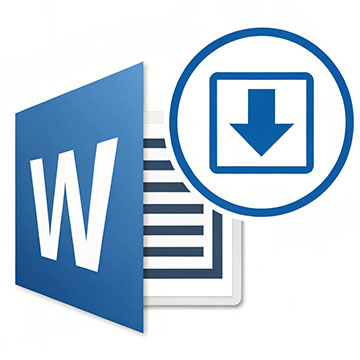Understanding Why Math and Science Teachers Quit: Evidence of Cognitive Errors
DOI:
https://doi.org/10.46328/ijemst.1166Keywords:
Mathematics, Science, Teacher attrition, Cognitive errorsAbstract
Every year school districts must fill tens of thousands of teacher vacancies in mathematics and science. Reasons for the high rate of attrition are described in general terms, such as lack of administrative support and dissatisfaction. Analysis of direct quotes from qualitative research, however, suggests the presence of cognitive errors within the decision-making process of those teachers who quit. Cognitive errors include all or nothing thinking and fortune telling, among others. Results of this study are interpreted in comparison to the attrition literature. Suggestions for future research, such as Cognitive Behavioral Therapy training for preservice teachers, are presented.
Downloads
Published
Issue
Section
License
Articles may be used for research, teaching, and private study purposes. Authors alone are responsible for the contents of their articles. The journal owns the copyright of the articles. The publisher shall not be liable for any loss, actions, claims, proceedings, demand, or costs or damages whatsoever or howsoever caused arising directly or indirectly in connection with or arising out of the use of the research material.
The author(s) of a manuscript agree that if the manuscript is accepted for publication in the journal, the published article will be copyrighted using a Creative Commons “Attribution 4.0 International” license. This license allows others to freely copy, distribute, and display the copyrighted work, and derivative works based upon it, under certain specified conditions.
Authors are responsible for obtaining written permission to include any images or artwork for which they do not hold copyright in their articles, or to adapt any such images or artwork for inclusion in their articles. The copyright holder must be made explicitly aware that the image(s) or artwork will be made freely available online as part of the article under a Creative Commons “Attribution 4.0 International” license.
This work is licensed under a Creative Commons Attribution-NonCommercial-ShareAlike 4.0 International License.





